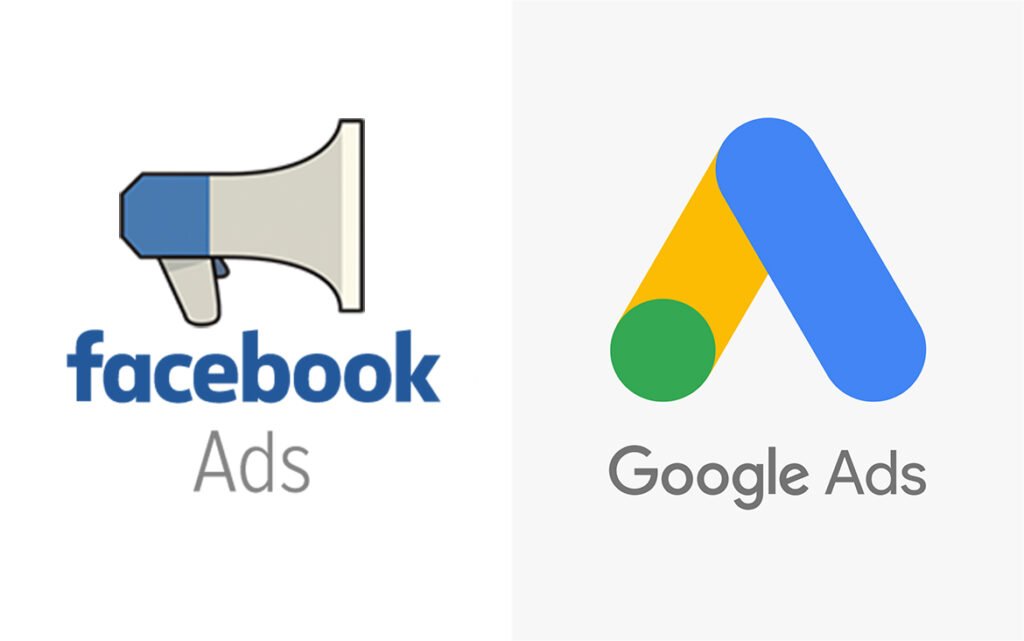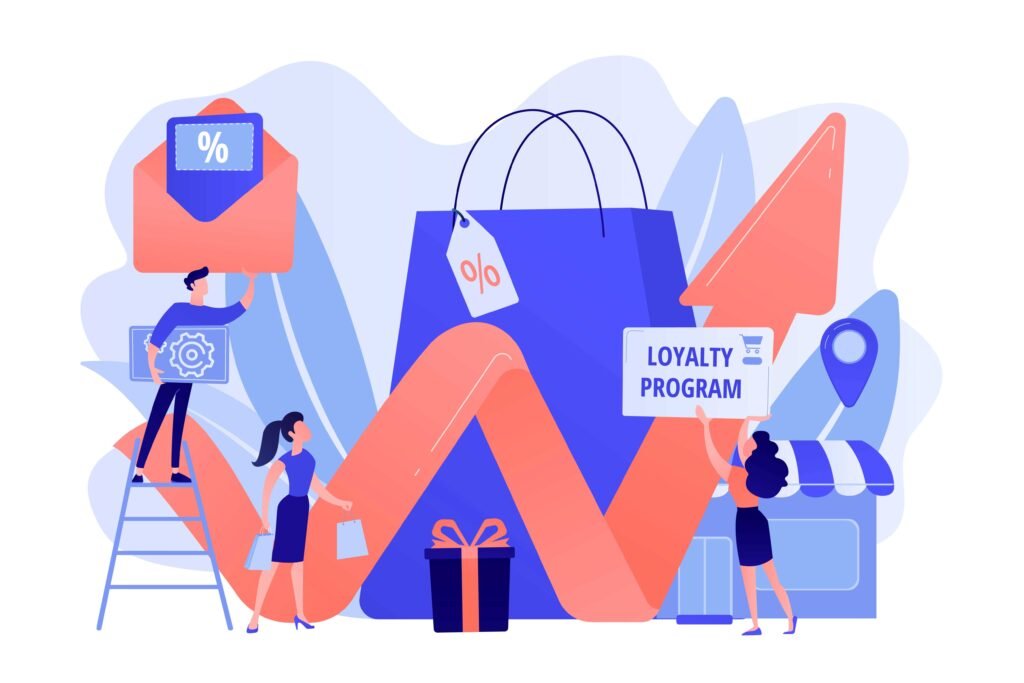Table of Contents
Introduction
Increasing sales is the goal of every ecommerce business. With the right strategies and tactics, you can drive more traffic, convert visitors into customers, and boost revenue. This comprehensive guide covers the top 10 proven ways to increase ecommerce sales.
1. Optimize Site Speed
Site speed is a major ranking factor for Google. Studies show that 53% of mobile site visitors leave a page that takes longer than 3 seconds to load. Slow load times lead to high bounce rates and lost sales.
Some ways to improve site speed include:
- Use a content delivery network (CDN) like Cloudflare to cache assets and serve them from local servers
- Enable compression to minimize file sizes
- Optimize images and media
- Minify CSS, JavaScript and HTML files
- Limit HTTP requests by combining files
- Upgrade to a better hosting plan
Improving page speed has an instant impact on user experience and conversions. Google recommends keeping load times under 2 seconds on mobile.
2. Improve Site Search
Most ecommerce sites rely heavily on internal search for product discovery. If your search isn’t intuitive, customers won’t be able to find what they need.
Make search smarter with features like:
- Autocomplete suggestions
- Spelling corrections
- Synonym matching
- Related searches
- Filters like price range, brand, etc.
Also show search results based on relevancy, not just keyword matches. Promote high-converting products and new arrivals over slow sellers.
Consider offering advanced search features like faceted navigation and comparison shoppers to enhance the experience.
3. Personalize the Experience
Online shoppers appreciate a personalized shopping experience tailored to their preferences and behavior.
Personalization tactics include:
- Using geolocation to display country/region specific content
- Making product recommendations based on purchase history and browsing
- Showing pop-up offers or email discounts on abandoned cart items
- Segmenting customers based on demographics, interests, and more for targeted marketing
Services like Optimove and Evergage use AI and big data to offer robust personalization platforms for ecommerce.
4. Optimize Category and Product Pages
Most of your site traffic will land on category and product pages. Optimizing these can directly lift conversions.
For category pages, use:
- SEO title tags focused on the category
- Detailed meta descriptions summarizing the category
- 100+ words introducing the category
- High-quality category images
- Logically structured sub-categories
- Refinements like price range, brands, ratings, etc.
- Sorting options (price, popularity, ratings, etc.)
For product pages, optimize with:
- SEO title tags with target keywords
- Detailed meta descriptions highlighting USPs
- Engaging product descriptions covering features, benefits, and uses
- Image galleries showcasing the product
- Sizing charts, demo videos, 360 spins, etc. to engage visitors
- Customer photos, reviews, and questions to build trust
- Clear call-to-actions like ‘Add to Cart’ and ‘Buy Now’ buttons
Also use on-page SEO best practices like header tags, site links, alt text, and Schema markup.
5. Retarget Shoppers with Ads
Retargeting involves serving ads to users who have already visited your site. This targets high-intent audiences likely to come back and complete a purchase.

You can re-engage visitors who:
- Searched for a product but didn’t buy
- Viewed specific product pages
- Added items to their cart but didn’t checkout
- Reached checkout but didn’t complete their order
Retargeting works across Google, Facebook, Instagram, and most digital channels. Dynamic remarketing lets you serve ads with the exact products a user viewed.
6. Leverage Loyalty and Referral Programs
Loyalty programs encourage repeat purchases and brand loyalty. Common programs include:
- Points-based programs rewarding purchases
- Tiered programs with privileges for high spend customers
- Rebate programs providing cashback on purchases
- Free shipping rewards for members
- Exclusive promotions and early access to sales
Referral programs incentivize existing customers to promote your brand to new buyers. Popular options include:
- Signup incentives like credits or coupons
- Shareable referral links and promo codes
- Rewards when a referral makes a purchase
- Contests for top referrers
Tools like Smile.io and Referral SaaSquatch make it easy to run modern loyalty and referral programs.
7. Leverage User-Generated Content
User-generated content like customer photos and reviews builds trust and social proof.
You can encourage UGC by:
- Emailing customers asking for reviews
- Offering incentives for reviews like credit or discounts
- Making it easy to upload photos on product pages
- Showcasing UGC prominently across your site and ads
- Curating and featuring your best content on social media
Authentic photos and videos from real customers help new visitors make purchase decisions. User photos also improve your visual search presence.
8. Offer Free Shipping
Free shipping is consistently one of the most powerful ecommerce promotions. Research shows:
- 88% of shoppers consider free shipping important
- 52% are likely to abandon their cart without free shipping
- 20% will buy more to hit a free shipping threshold
You can experiment with:
- Free expedited shipping for orders over a minimum
- Free standard shipping with no order minimums
- Free return shipping to reduce barriers
- Free international shipping to expand your audience
Loss leader pricing where you absorb shipping costs helps overcome sticker shock and shopping cart abandonment.
9. Provide Multiple Payment Options
Offering preferred payment methods removes friction during checkout. Must-have options include:
- Credit/debit cards – Visa, Mastercard, American Express
- Mobile wallets – Apple Pay, Google Pay
- PayPal – Makes checkout easy for millions of users
- Buy now pay later – Affirm, Afterpay, Klarna
Consider niche payment methods popular in your region like bank transfers, cash on delivery, UPI payments in India, etc.
Enable easy guest checkout options as well – requiring a login detracts many first-time buyers.
10. Retain Customers with Email
Email marketing provides recurring touchpoints to engage customers after purchase.
Post-purchase emails can:
- Thank customers for their order
- Request product reviews
- Provide helpful tips for using the product
- Recommend complementary or accessory purchases
- Share new arrivals and sales based on past purchases
- Offer loyalty discounts for future purchases
Schedule a series of lifecycle emails to build relationships with customers. Personalize messaging with purchase data like order totals, products bought, and order history.
Wrap Up
Implementing even a few of these tips can generate impressive ecommerce sales growth. The most impactful strategies are optimizing site speed, search experience, product pages, and checkout.
Retargeting visitors and sending post-purchase emails also provide high returns. Testing and iterating on these tactics allows you to identify what resonates best with your audience and continuously improve conversion rates.
FAQ
What is the most important thing I can do to increase sales?
Optimizing site speed and providing a seamless user experience have the biggest impacts on sales. Loads times under 2 seconds, intuitive navigation, and frictionless checkout are essential.
How much do shipping costs affect conversions?
Research shows 88% of shoppers consider free shipping important. Offering free expedited shipping or free returns can significantly improve conversion rates.
Is it worth investing in paid ads to increase sales?
Paid ads like Google Shopping, Facebook Dynamic Ads and retargeting are extremely effective at driving sales from motivated audiences. The ROI easily justifies the ad spend for most ecommerce businesses.
How can I get more product reviews?
Proactively request reviews via email and on-site notices. Offer incentives like discounts for leaving reviews. Make the review submission process easy. Curate and display reviews prominently.
What tools do I need for e-commerce personalization?
Dedicated personalization and recommendation platforms like Optimove and Evergage provide robust capabilities. Many email marketing and CRM systems also offer basic segmentation and customization.
How important are multiple payment options?
Offering preferred payment methods can significantly lift conversion rates. Mobile wallets like Apple Pay and Buy Now Pay Later services are becoming increasingly popular.
What’s the best way to recover abandoned carts?
Retarget abandoned cart visitors with ads and email reminders. Dynamic remarketing and cart recovery emails can capture back lost sales. Offer time-sensitive discounts or free shipping to incentivize checkout completion.
What other tips have helped you increase online sales? Let me know in the comments!
